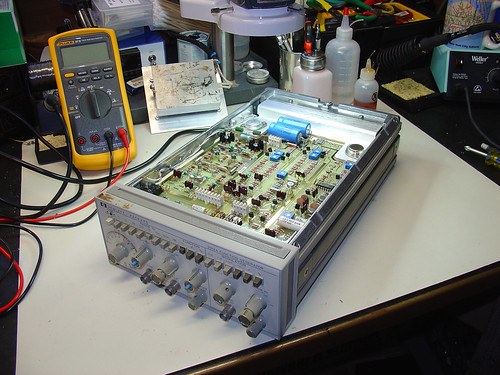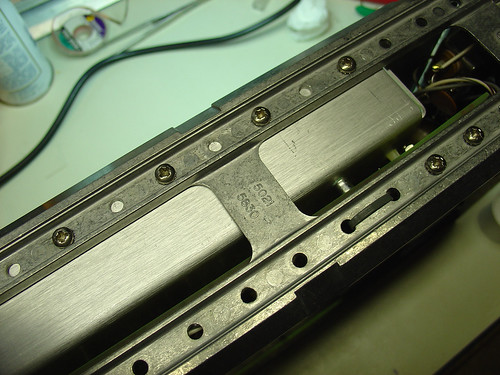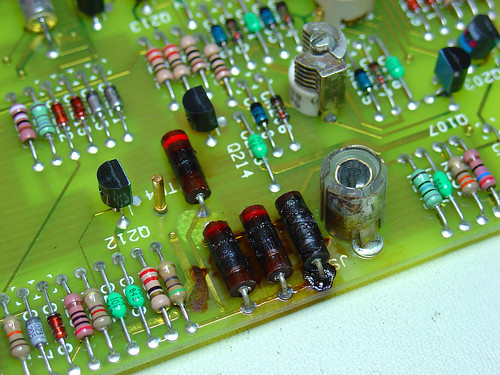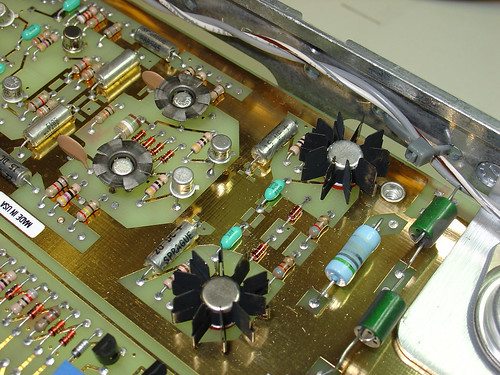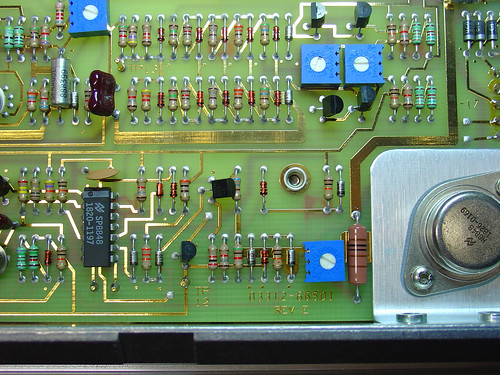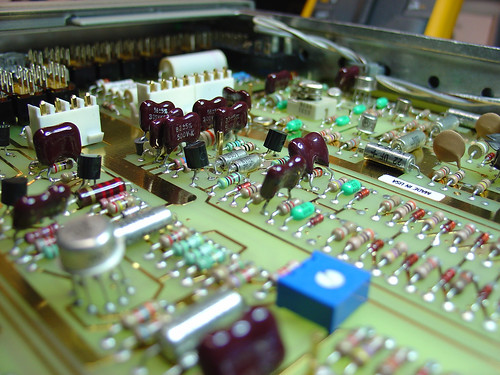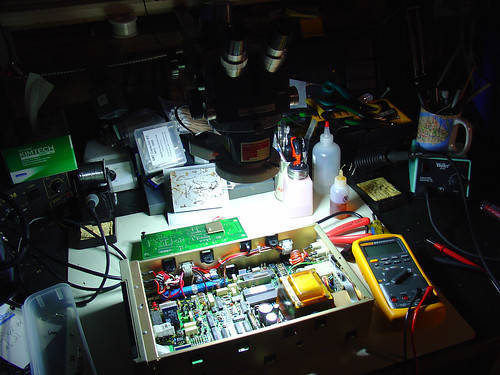
When I buy a piece of electronic test equipment, the first thing I do is turn it on and see if it works. This is the moment of truth: was that awesome eBay find the killer deal I thought it was? (Hint: If it’s missing case screws and came with no packing material, probably not.)
Sometimes, everything works out and I have a shiny new piece of test gear for bottom dollar. Often, things don’t work out quite as expected. Luckily, test equipment is often made to be fixed.
To fix it, I need a service manual.
This means that with my luck, more often than not, the second thing I do is try to track down the service manual for my new semi-functional piece of test equipment. Even if the it’s not broken, I’ll usually try to get a service manual anyway; often the service manual doubles as a user manual and I need to figure out how to use special features, find specs, etc.
If you find yourself in a similar situation, here are some tips for finding test equipment manuals:
- If it’s a fairly new piece of test equipment, chances are the manufacturer will have a manual on their website, usually in pdf format. For example, Agilent has lots of manuals online, but unfortunately, anything over 20 years old is probably not listed. Other vendors are better about archiving old manuals. I have had very good luck getting old Fluke manuals on their website.
- Google is your friend. Are you feeling lucky? Some manuals are easy to find, like this one for the HP 3312A Function Generator. The first link that isn’t an ad goes right to it. Easy!
- There are several free service manual repositories on the web. These can be very hard to find when you need them (spammy links from manual vendors sometimes derail your search). I have started keeping track of free sources for test equipment manuals on the wiki. If you are looking for the manual for a fairly common piece of HP/Agilent or Tektronix gear, there’s a pretty good chance you’ll find it for free on one of the sites listed.
- As a last resort, consider paying for an electronic copy of the manual. Beware of vendors who are simply downloading readily available manuals for free and selling them to you. Use eBay with caution. The wiki now includes a list of reputable service manual vendors. The only vendor I have used is Artek Media. They have very reasonable prices and great support. At $5-$10 a pop, sometimes it’s easier to just buy the manual than scour the web for hours, so it’s nice to be able to trade laziness for dollars.
Usually by step 3 I have the manual I need, so I rarely have to pay for a copy, but it’s nice to know that most obscure manuals can be had for a few dollars.
I hope these tips keep more old test equipment running – remember they don’t make ’em like they used to!
If any readers have more sources for manuals to add, please leave a comment or add them to the wiki.

